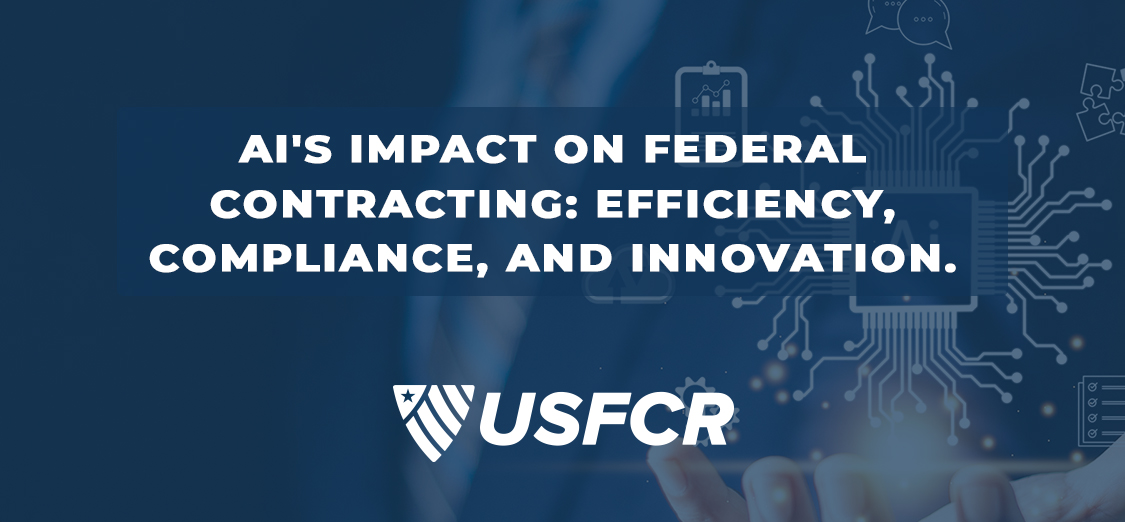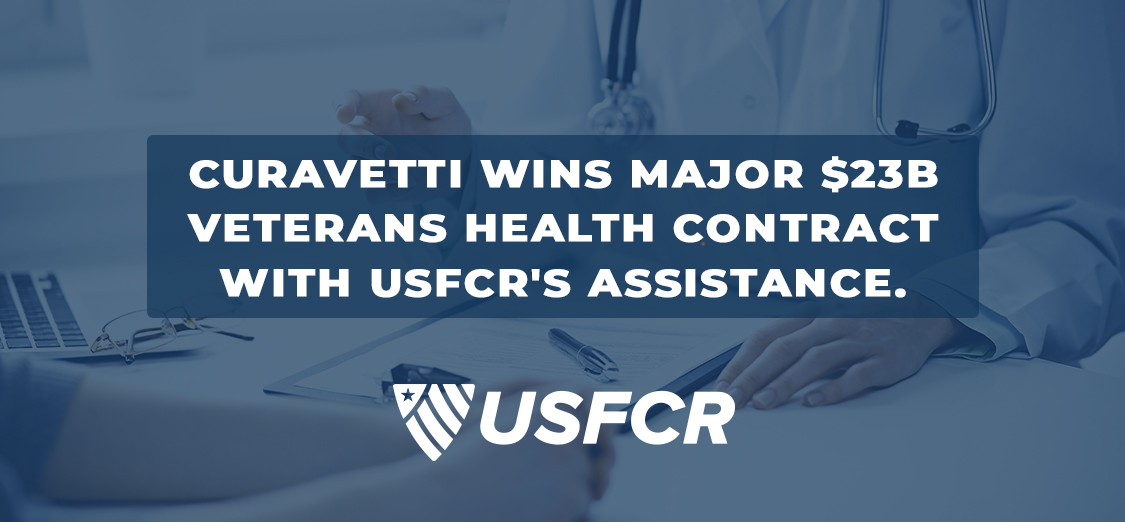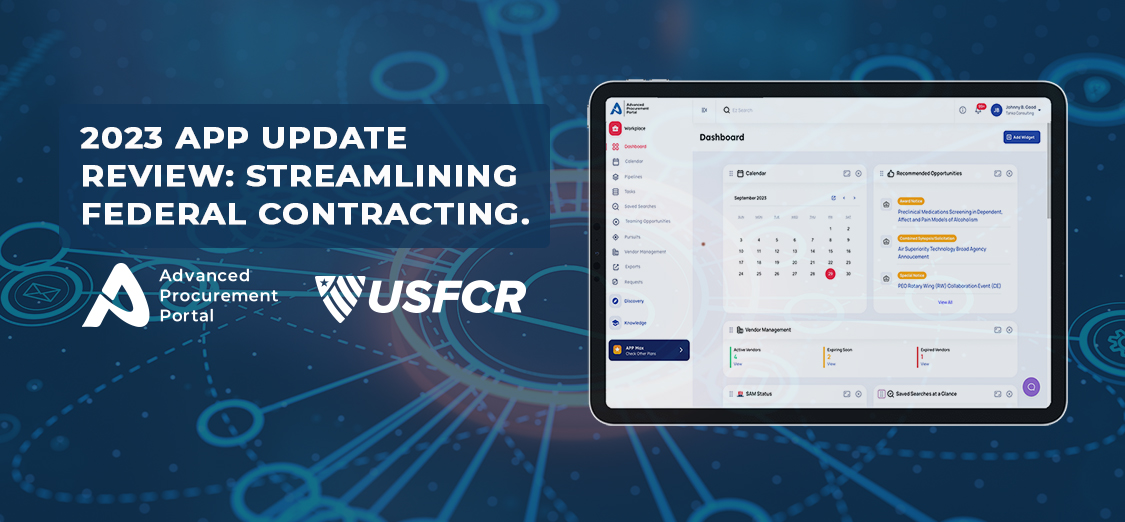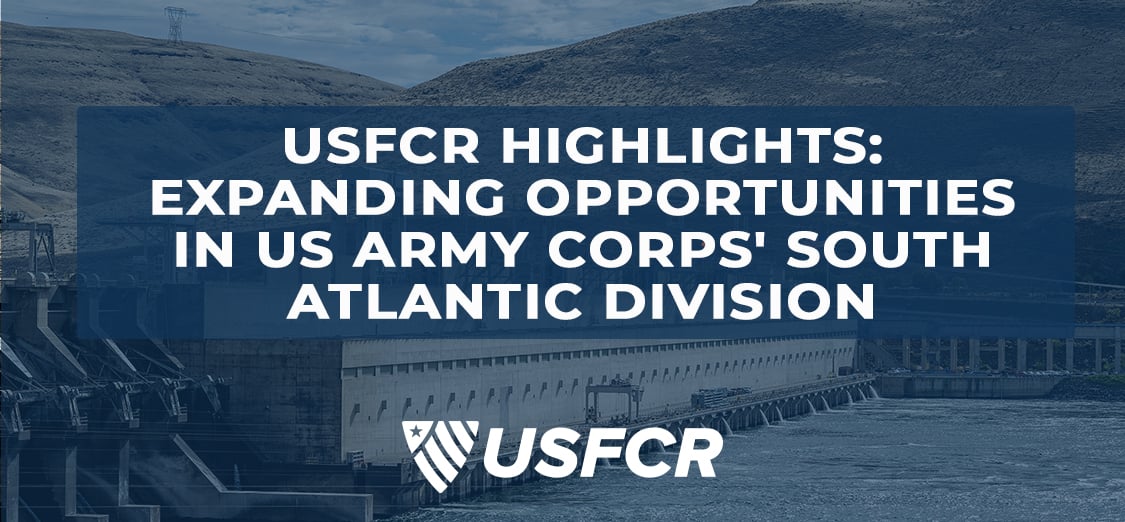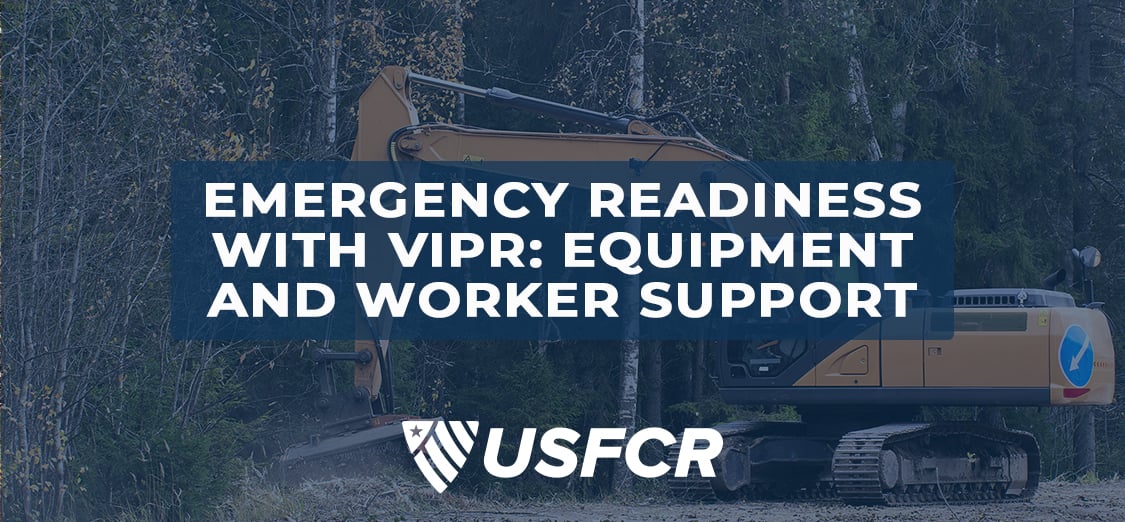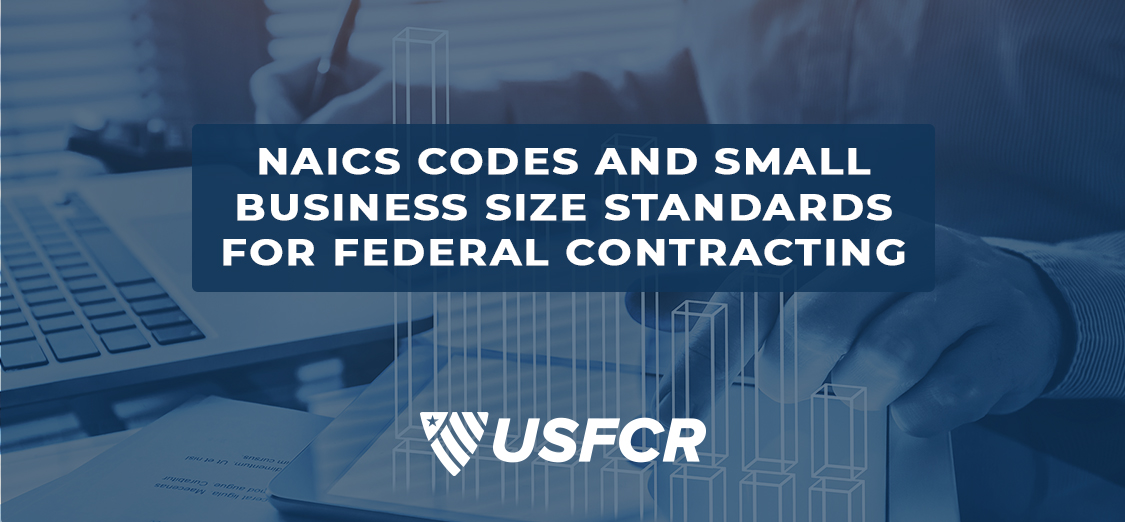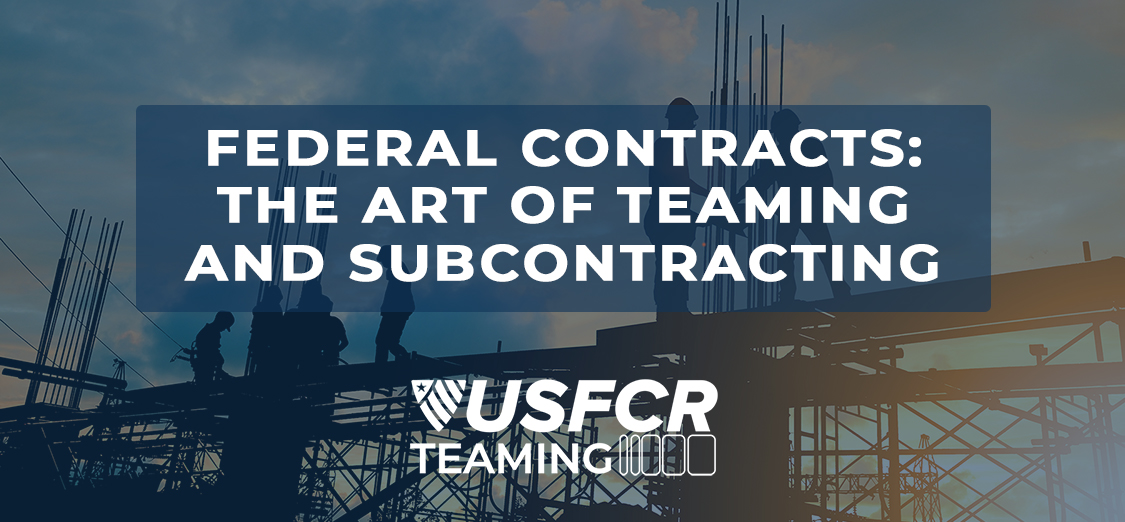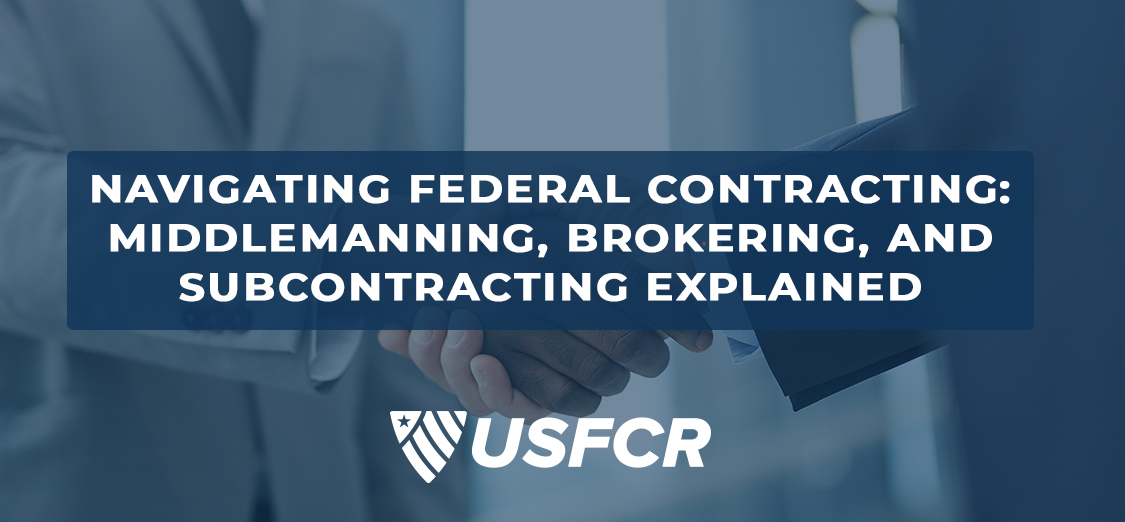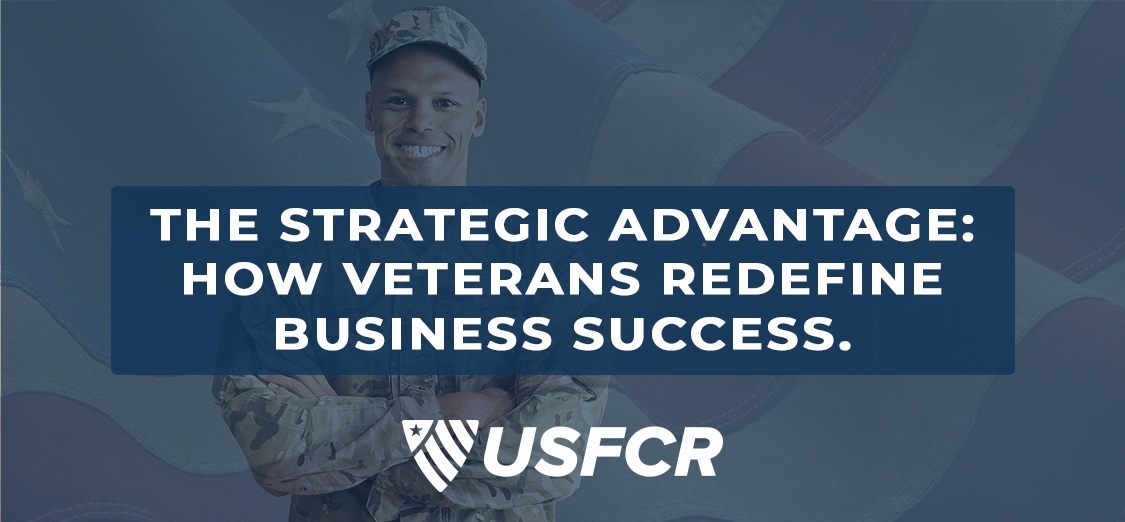Get ready! Artificial Intelligence (AI) is reshaping industries worldwide, marking a significant shift in technological capability. AI is about machines doing tasks that usually need human intelligence, like learning, problem-solving, perception, and decision-making. AI's game-changing aspect? Its ability to analyze vast data, learn, and make predictions or decisions. Look at its groundbreaking advancements:
- Healthcare: AI brings personalized medicine, predictive diagnostics, and robotic surgeries.
- Finance: It assists in algorithmic trading, fraud detection, and personalized banking.
- Retail: AI boosts customer experience with tailored recommendations and inventory management.
- Transportation: Key in developing autonomous vehicles and optimizing logistics.
